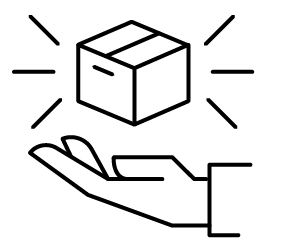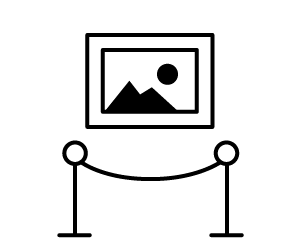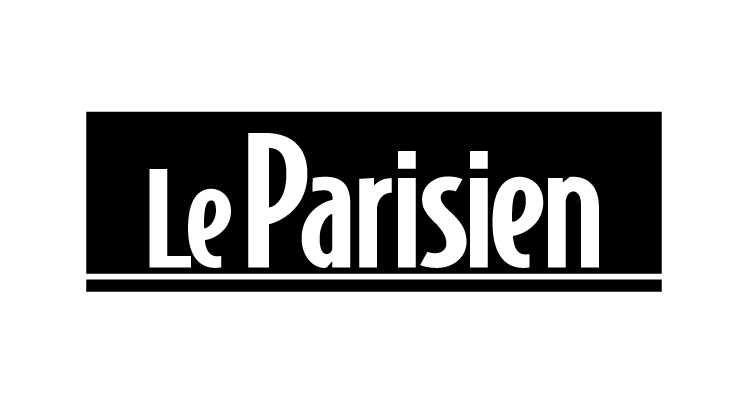Customise
Your art print
Bathsheba after the Bath OF Jan Steen
-20%Bathsheba after the Bath
Bethsebe after the bath by Jan Steen: a landmark work in art history
In the world of the Dutch masters of the Golden Age, there is one painter whose talent and ingenuity are praised by art lovers: Jan Steen. His work "Bathsheba after the Bath" is a perfect illustration of this.
The history of the work "Bathsheba after the bath"
The historical context
Given the cultural and artistic wealth that reigned in the Netherlands during the 17th century, thanks in particular to the flourishing trade with the Orient, the period was conducive to the emergence of numerous talents in the field of painting. Among these great names was Jan Steen, famous for his lively, burlesque genre scenes, of which the work in question is one.
The plot of the work
"Bathsheba after the bath" depicts a scene inspired by the Old Testament, more specifically taken from the second book of Samuel. Bathsheba, a young woman of great beauty, is taking a bath in her garden when she is spotted by King David. The latter, seduced by her beauty, uses stratagems to possess her, going so far as to send her husband off to war, where he eventually dies.
Description of the work
The main characters
The work features three main characters: Bathsheba, a servant girl and a messenger bringing a letter from David. Bethsabee, in the centre of the painting, is depicted seated near a fountain and dressed in an asymmetrical drape that emphasises her femininity. Her wavy hair falls delicately over her shoulders, while her melancholy gaze seems lost in the fountain's play of water.
On the one hand, the messenger, standing behind Bathsheba, embodies complicity and devotion alongside her mistress. In her hands she holds a sumptuous cloth that could be used to cover Bathsheba after her bath. On the other hand, the maid dutifully washes the young woman's feet. At bottom left a small dog, a symbol of lechery, heralds the sin that lies in wait for Bathsheba.
The setting and objects
Playing on contrasts, Jan Steen has painted a set rich in detail with both realistic and fantastical elements. The garden in which the scene takes place is embellished with a tree adorned in purple, architectural elements, a pond with a sculpted dolphin-shaped fountain representing Bacchus saved from the waters and a background depicting a peaceful landscape. The objects littering the floor are all symbols of seduction: the comb, the carelessly unshod mule, the wine giving intoxication.
The importance of "Bathsheba after the Bath" in Jan Steen's artistic career
The stylistic evolution
Through "Bathsheba after the Bath", we can observe Jan Steen's stylistic evolution over the course of his work. Indeed, this painting shows greater attention to composition and technical detail, evidenced in particular by the mastery of chiaroscuro and the balance of forms. This evolution is also reflected in the choice of subject: although the artist is best known for his humorous and satirical depictions of genre scenes, this work reveals a more serious and intimate side to his talent.
An iconic work
"Bathsheba after the Bath" has over time become an iconic work in Jan Steen's artistic output thanks to its profound realism and his mastery of painting techniques. It is now an integral part of Dutch cultural heritage and perfectly illustrates the qualities that made this painter such a key artist of his time.
This artwork is a painting from the classical period. It belongs to the baroque style.
« Bathsheba after the Bath » is kept at Private Collection.



































